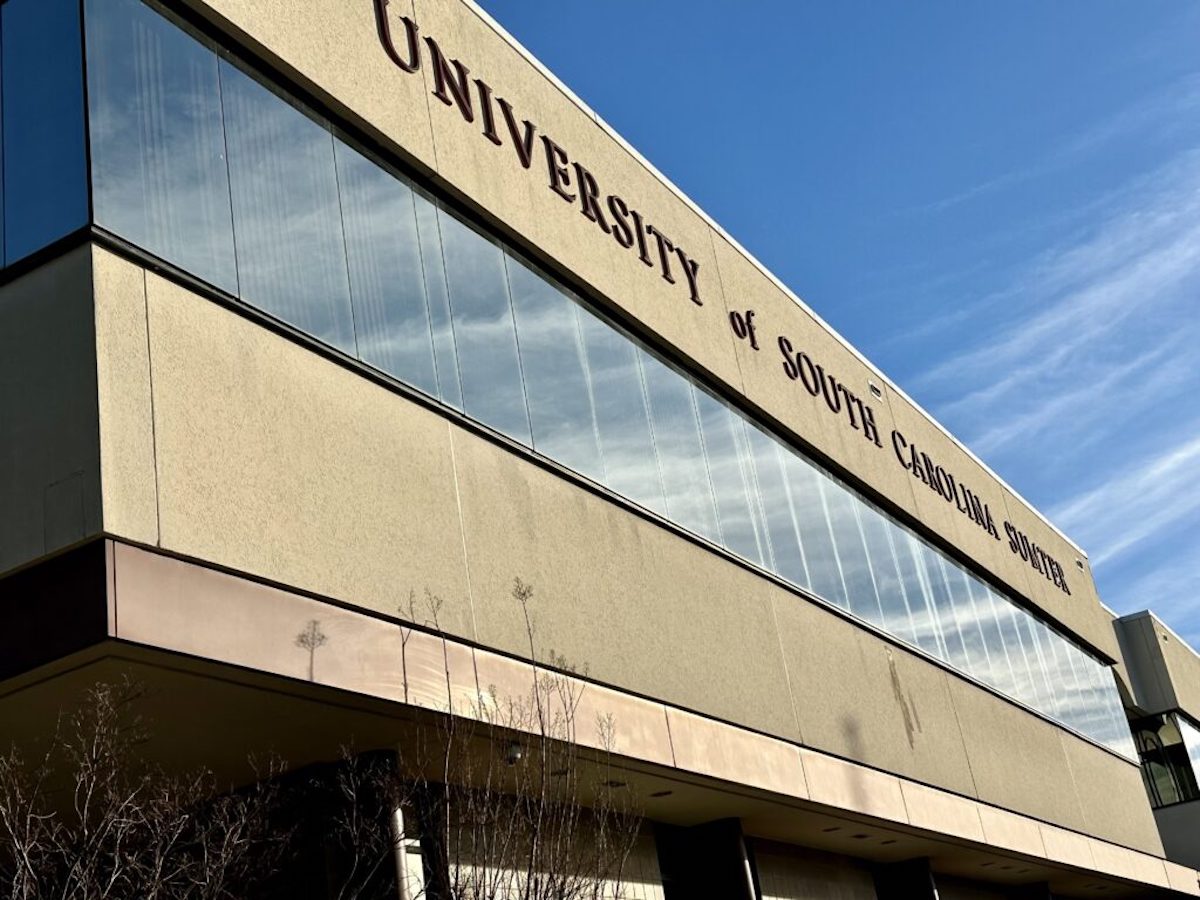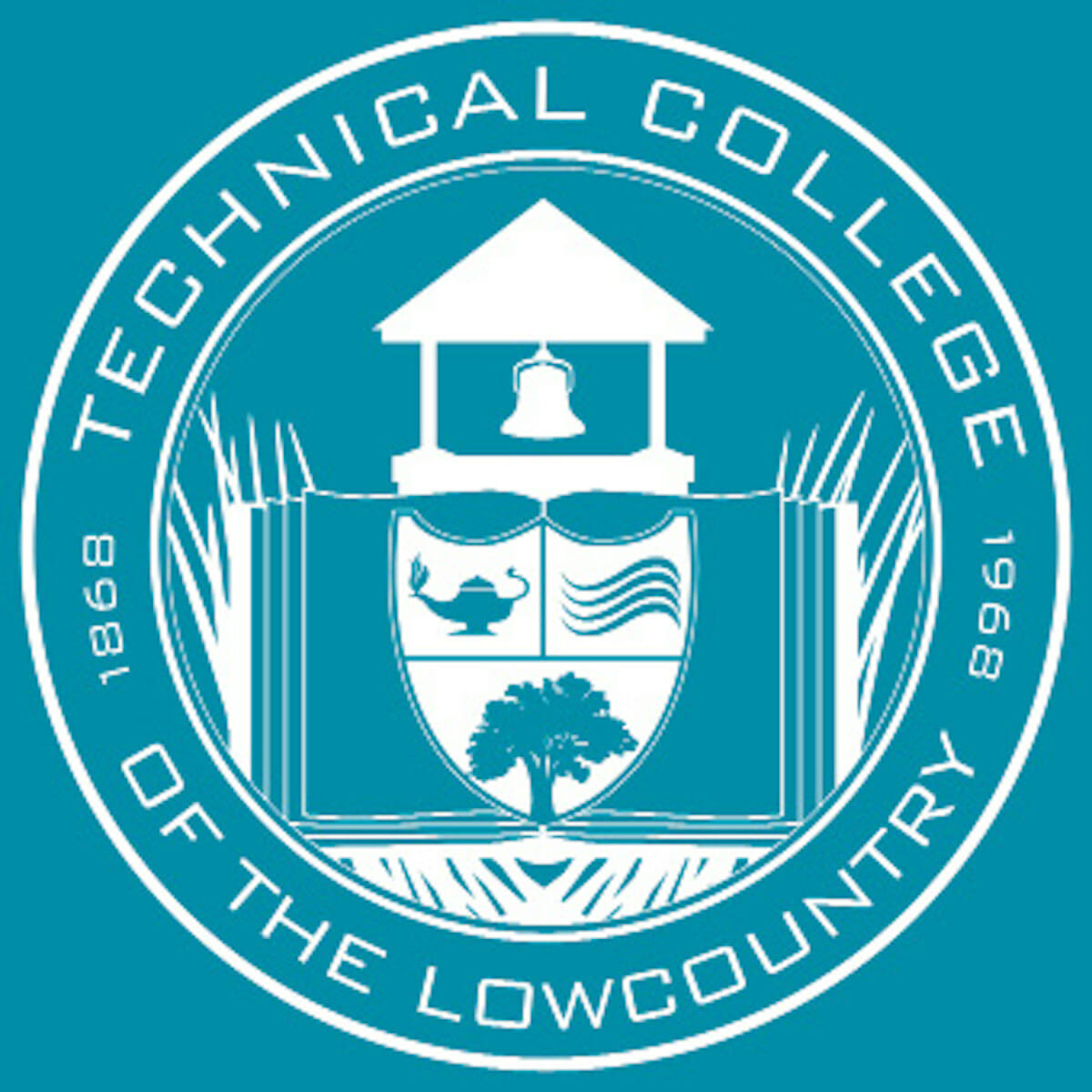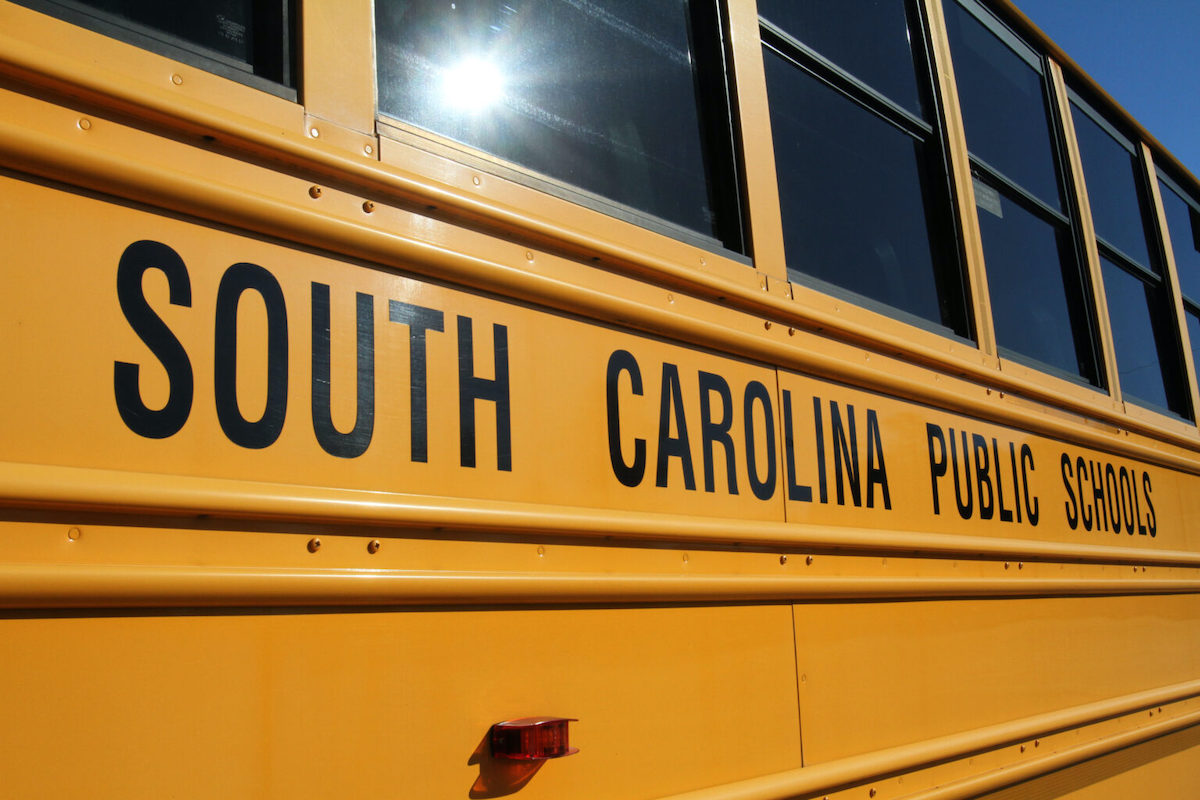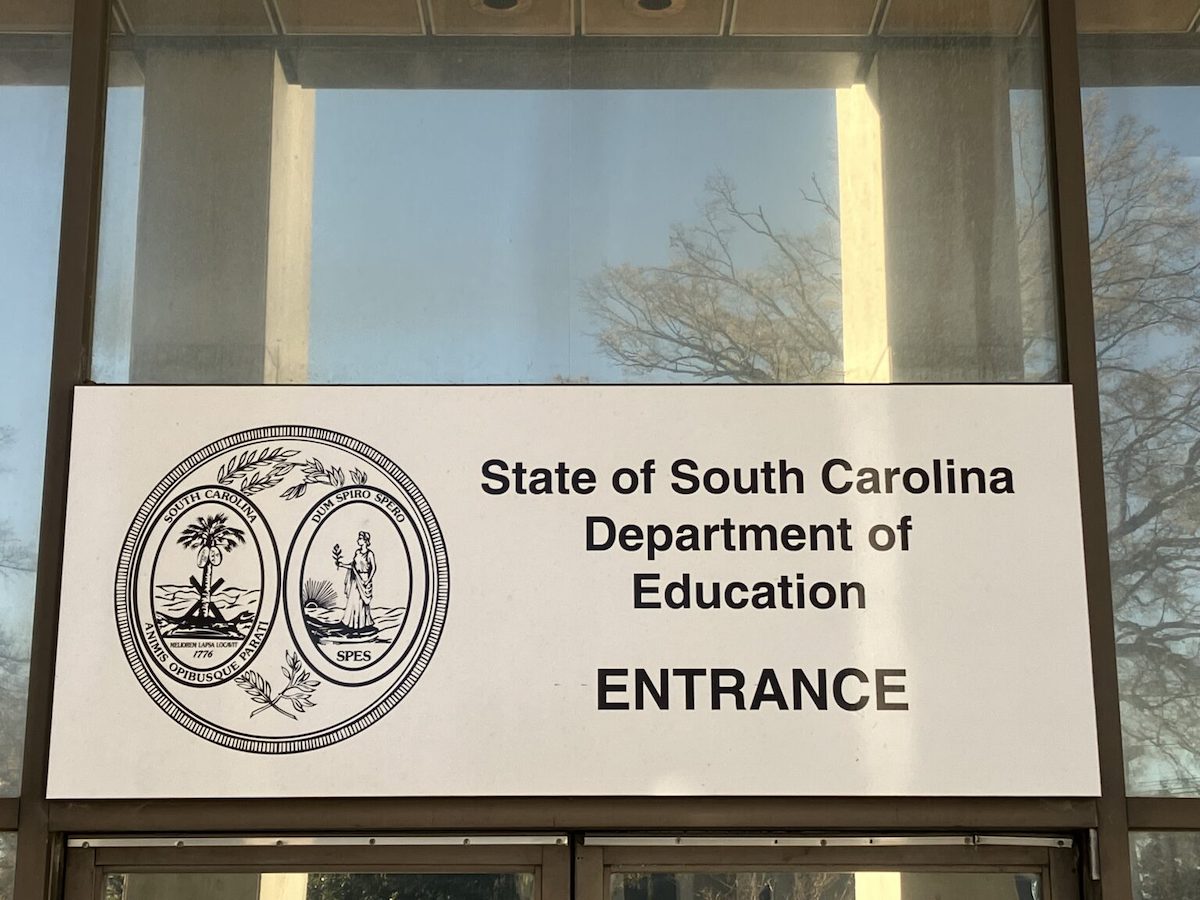By Jessica Holdman
SCDailyGazette.com
COLUMBIA – If trends continue, South Carolina may not have enough students to support its public colleges, and mergers may be necessary, according to Gov. Henry McMaster.
Enrollment across South Carolina’s 33 two- and four-year public colleges has risen or rebounded from dips during the height of the global coronavirus pandemic, according to the colleges’ latest data. But national experts warn about a pending “enrollment cliff” as national birth rates continue to drop and more student loan-laden Generation X and Millennials discourage their own children from seeking costly college degrees — or, at least, don’t encourage them.
“It’s inevitable. We’re going to hit a point in time where we don’t have enough students to fill up all the seats that are available,” Senate Education Chairman Greg Hembree of Little River told the S.C. Daily Gazette.
“You have costs that are accelerating, and you have a flat number of students,” said the Horry County Republican.
To prepare, McMaster is asking the Legislature to put $3 million in state surplus toward an independent study of the state’s higher education landscape. The state Education Oversight Committee would commission an out-of-state consultant to conduct an impartial study — and to ensure unpopular questions are actually asked and answered.
Tough questions
The governor’s office said the study should ask historically controversial questions:
- Does the state need 33 public colleges?
- Are the current colleges in the best locations?
- Would the state be better served by a Board of Regents rather than each college having its own independent governing board?
A centralized board could make sure schools are preparing students for in demand jobs and that certain degree programs aren’t being duplicated.
Examples floated by the governor’s office for potential mergers include the University of South Carolina’s satellite campus in Sumter and Central Carolina Technical College. The two schools sit side by side on about 52 acres in the middle of Sumter. Programs offered by both include criminal justice, nursing, education and community health. Central Carolina covers the trade degrees more commonly associated with technical colleges. USC-Sumter offers two-year associate degrees, with the option of completing a bachelor’s degree online. Should they be consolidated?
Should other two-year campuses merge with a four-year college close by?
Should Williamsburg Technical College’s roughly 400 students move to Horry-Georgetown Technical College?
Should Winthrop University in Rock Hill become part of the USC system?
Does Denmark Technical College, with its 480 full-time students, have enough to sustain operations?
Enrollment trends
More than 173,000 students attend South Carolina’s public two- and four-year colleges, up 3% from a decade earlier. But that growth has largely been at the state’s research institutions. Meanwhile, some of the regional colleges, which tend to attract fewer students from outside South Carolina, struggle to maintain their numbers.
USC, Clemson University and the Medical University of South Carolina have added more than 12,000 students over the past decade.
Coastal Carolina University in Conway, which began as part of the USC system, and Lander University in Greenwood have celebrated new enrollment records. But South Carolina State and Winthrop universities remain in a slump compared to a decade earlier.
And full-time enrollment in the technical college system has declined by more than 20% since highs during the Great Recession.
The governor’s office and other state and national leaders say higher education needs a plan for the future because colleges will soon be competing over fewer and fewer students.
Both the state and national birth rates, calculated as the number of births per 1,000 people, have fallen about 23% since 2007.
South Carolina’s public health agency recorded about 57,000 births in 2021, compared to about 63,000 in 2008.
New governance
Former Sen. Wes Hayes, who chairs the governing board of the state’s higher education agency, welcomed the governor’s study proposal, calling it a timely first step. Implementing any recommendations that may come out of the study, however, could be more painful.
Hayes thinks there are some state lawmakers who would support creating a Board of Regents. But a pushback from others is certain, partly because it would take away legislators’ ability to select board members for each college.
Having one board diminishes legislators’ power and, for those who graduated from a South Carolina college, gives them less say over their own alma mater.
Sen. Chip Campsen has long supported a centralized governing board because it would require universities to “stay in their lane” and focus on their core offerings.
“If you try to become all things to all people, you become an expert at nothing,” the Isle of Palms Republican said.
This is not the first time a governor has raised the idea. Former Gov. Mark Sanford called for it in the early 2000s but was rebuffed.
Senate Finance Chairman Harvey Peeler told the S.C. Daily Gazette the Legislature’s rejection of Sanford’s proposal was more about the messenger than the message. (Sanford and the Legislature’s GOP leaders notoriously did not get along.) If McMaster were to make the request, Peeler said, lawmakers may be more willing to consider it.
Consolidation
If the study were to call for the consolidation of schools, however, any proposal is sure to face opposition.
“These institutions have a proud history,” Hembree told the S.C. Daily Gazette. “They have a lot of employees. They have people that are counting on them. They have alumni associations. That’s their alma mater, and they feel strongly about it.”
Rep. Gilda Cobb-Hunter, the longest-serving House member, said she’s not opposed to a study per se but would continue to stand against closure of Denmark Tech, one of only two public historically black colleges in the state. The other is South Carolina State University in Orangeburg.
Cobb-Hunter, an Orangeburg Democrat, is first vice-chairwoman of the House’s powerful budget-writing committee, assigned to its subcommittee for higher education.
The fight for survival was on display within days of McMaster making his proposal.
While making his budget request before Cobb-Hunter’s panel, Winthrop President Edward Serna touted a study that found the 138-year-old college has a $205 million direct impact on the economy of York County.
Yes, enrollment is down 12% from a decade earlier, but the school is seeing an uptick in the size of its freshman class, Serna told legislators Jan. 10.
It remains to be seen whether Winthrop and other small schools like it can pull through long term.
“Either we’re going to study it and figure it out proactively,” Hembree said. “Or it’s going to come crashing down, and we’re going to be doing it reactively. And it’s going to be very painful.”
Jessica Holdman writes about the economy, workforce and higher education. Before joining the S.C. Daily Gazette, she was a business reporter for The Post and Courier.









